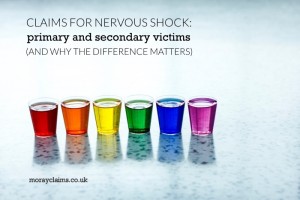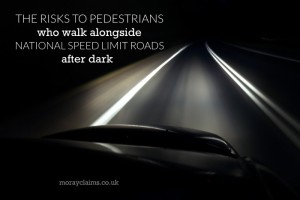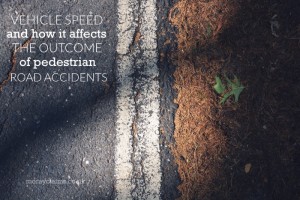One of my favourite “job interview” jokes features in various memes on the internet. HR Manager: "What is your greatest weakness?" Interviewee : "Honesty." HR Manager: "I don't think honesty is a weakness." Interviewee : "I don't really give a *!@# what you think." Of course, interviews are intense, stressful experiences where it seems so much can go wrong, including being "too honest". But what if the thing that goes wrong is that you don’t even make it to the interview? What if you make a mistake with the date? It’s not hard to find this sort of "date error" experience reported on the internet. “I’ve just come back from my interview at X, which I went to a week early, and took a day off college for.” “If a candidate turned up a whole week early for an interview, how badly would it affect their chances in your eyes?” “I'm mortified. I must have misread their email. Do I still have a chance of getting the job?” “Well, better a week early than a week Continue Reading
How Nervous Shock Claims depend on whether you are a Primary or Secondary Victim
Primary colours are colours in their own right. They cannot be created through the mixing of other colours. The 3 primary colours are red, yellow and blue. If you mix primary colours together, you get secondary colours. Combining them in pairs gives you green, purple and orange. You can view the primary colours as sitting in the middle and forming the root of the colour system, with all other colours further out, like ripples on a pond spreading out from the centre. Primary colours are the most important and secondary colours are subsidiary. “Primary” and “Secondary” are terms used by lawyers to describe victims in relation to compensation claims for nervous shock. The same sort of explanation for the difference between them works here too. In terms of space and time, primary victims will have played a more significant role in the “events” than secondary victims. They take centre stage whereas a secondary victim is in more of a supporting role, towards the wings. The term Continue Reading
Why Walking on National Speed Limit Roads during the Hours of Darkness is such a Bad Idea
Most of us did this experiment in school Science class. Using a 30cm ruler, one person holds it at the “30” mark and lets it hang down vertically. Their partner (person 2) puts the thumb and first finger of one hand at either side of the “0cm” mark on the ruler. Person 2’s fingers should almost touch the ruler, but not quite. Without warning, person 1 lets go of the ruler. Person 2 tries to stop the ruler’s descent as quickly as they can, by closing their finger and thumb together. You record the level (in cm), just above person 2’s finger, where the ruler was caught. You repeat the test five times and work out the average “catch distance” for the person. A conversion table allows you to translate the distance along the ruler into a reaction time, in milliseconds (thousandths of a second – i.e. one second is a thousand milliseconds). According to one such table, the first centimetre (“0cm – 1cm”) equates to 50 milliseconds. It then increases by 10 milliseconds per Continue Reading
How Speed Affects the Outcome of Pedestrian Road Accident Collisions
Escape velocity is the speed an object must reach to break the bonds of a planet’s gravitational force and get into orbit. To enter orbit around the Earth, for example, a spacecraft needs to be going at a staggering 7 miles per second (25,000 miles per hour). This creates a difficult series of connected problems. The vehicle requires a lot of fuel. Fuel adds weight. More weight means more thrust is required. Greater thrust demands more fuel. And so it goes on … Another situation where speed has a crucial effect on the outcome is in relation to pedestrian road traffic accidents. In this article, we will consider the significance of vehicle speed in pedestrian collisions. Secondly, we will consider the effect of some other factors apart from impact speed. Finally, we will look at some of the implications for measures which can be taken to improve road safety. Frontal impact collision research has considered the effect of speed. Research into road accidents involving Continue Reading



